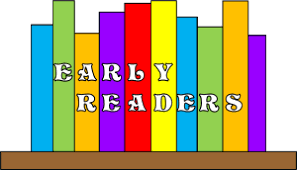
How To Support Early Readers At Home
We welcome a post from Mrs. Grochot, Reading Specialist who supports the learning of our SWO kindergarten and grade 1 students and our staff. She shares about her role and offers reading ideas and tips for our parents/caregivers of primary age readers! 
How to Support Early Readers at Home
My Role as a Reading Specialist in the School:
- I work directly with FDK (Year 2) & Grade 1 students & staff, inside and outside of the classroom to help develop reading acquisition with our youngest learners
- I support educators and other system staff with professional learning
- I help co-deliver appropriate strategies and/or reading interventions programs with the classroom educator
- I develop fun and engaging activities to invite students to participate in to help build literacy skills
Reading Ideas:
- Read bedtime stories…(you read to your child and your child reads to you).
- Have your child read the grocery list to you as you shop.
- Write down a recipe for your child’s favourite food. Then, read it together as you make it.
- Get excited to check out your local library.
- Play a board game…(Have your child read all the playing cards to you).
- Talk to your child (a lot)- Oral Language is the foundation of reading and writing. By asking your child questions often it develops their oral language skills.
- Model reading in front of your child
- Designate a “reading time” where the whole family sits down to read
- Allow your child to choose the books they want to read
- Talk about the books you have read after reading them
Reading tips to keep your child reading:
- Don’t leave home without it! Always have reading materials available to read in the car or if your child has to wait for an appointment.
- Look for signs and environmental print when you are in the car!
- Once is not enough. Encourage your child to re-read favourite stories. This helps to build fluency, speed and accuracy.
- Dig deeper! Ask your child questions about what they read. Why do they think something happened? What else might have happened?
- Encourage your beginning reader to follow along with his/her finger on the words while reading and to sound out unfamiliar words.
- Explore different types of text with your child; newspapers, computers, iPads, signs, magazines, song lyrics, non-fiction/fiction books
It is important to remember:
- Together we grow readers; connect with your child’s classroom teacher or DECE teacher to discuss your child’s reading progress
- Make reading enjoyable for your child! Give your child time to look through books, build their vocabulary by looking at the pictures and encourage them to look for words they know!
- Be patient, correct gently and praise with enthusiasm!
Updated on Monday, February 26, 2018.